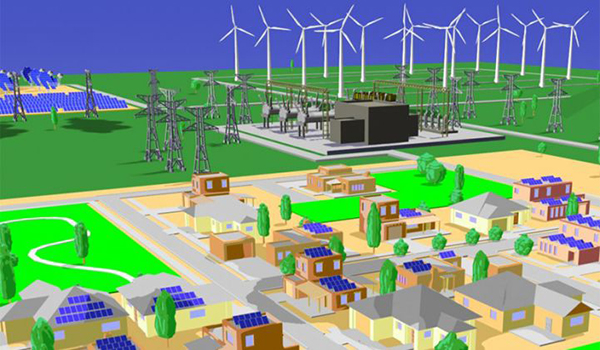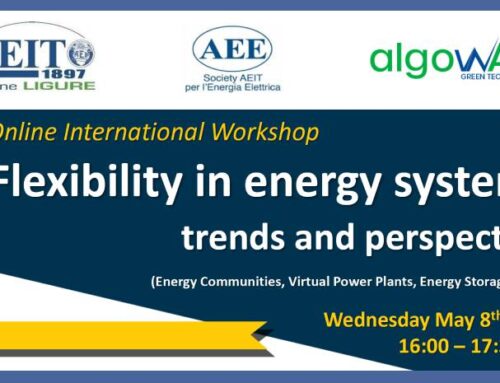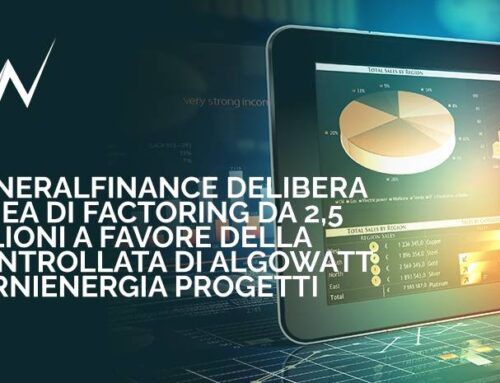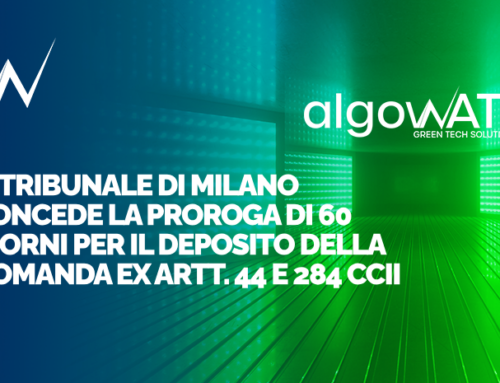- The Group’s digital company in a cluster of companies that has obtained a grant of Euro 1 million from the Liguria Region
- Expected the development of innovative solutions for the energy and environmental management of heterogeneous urban districts, to increase flexibility and autonomy aimed at reducing energy consumption and their environmental impact
TerniEnergia, smart company listed on MTA of Borsa Italiana and part of the Italeaf Group, announces that Softeco Sismat, the digital company of the Group, participates in the “PICK-UP” project (IoT Sensor Integration Platform for the Control of Energy KPIs in the Urban Area and the Planning of Energy Efficiency Interventions and Integration with Microgrid), funded under the call for proposals POR FESR 2014-2020 Axis 1 “Research and Innovation” – Action 1.2.4 – Scope “Safety and Quality of Life” – as per the ranking published by FILSE (www.filse.it), the Ligurian Financial Company for Economic Development, a technical entity that supports and assists the Liguria Regional Authority and other Ligurian local authorities in the planning, definition and implementation of policies and measures to support the Ligurian economic system.
The two-year project, leaad by Gruppo SIGLA srl, will receive a total grant of over Euro 1 million and involves, in addition to Softeco Sismat, Impara S.r.l., MAPS S.p.A., ABB S.p.a., Flairbit S.r.l. and Stam. The financing confirms the constant commitment of the company in the development of innovative solutions in the Energy & Environment field (http://www.research.softeco.it/energy.aspx) and in the continuous technological transfer in solutions for its customers (http://www.softeco.it/linee-business/energy-utilities/).
The PICK-UP project envisages the creation of an innovative tool for the energy and environmental assessment of heterogeneous urban districts, aimed at reducing energy consumption and their environmental impact. The main areas of innovation considered are:
- the definition of new models for interpreting energy data;
- the development of predictive control methods for greater energy efficiency and integration with microgrids;
- the identification and testing of models for the aggregation and integration of distributed generation sources to increase flexibility with respect to the national energy system (Demand Response).







